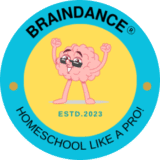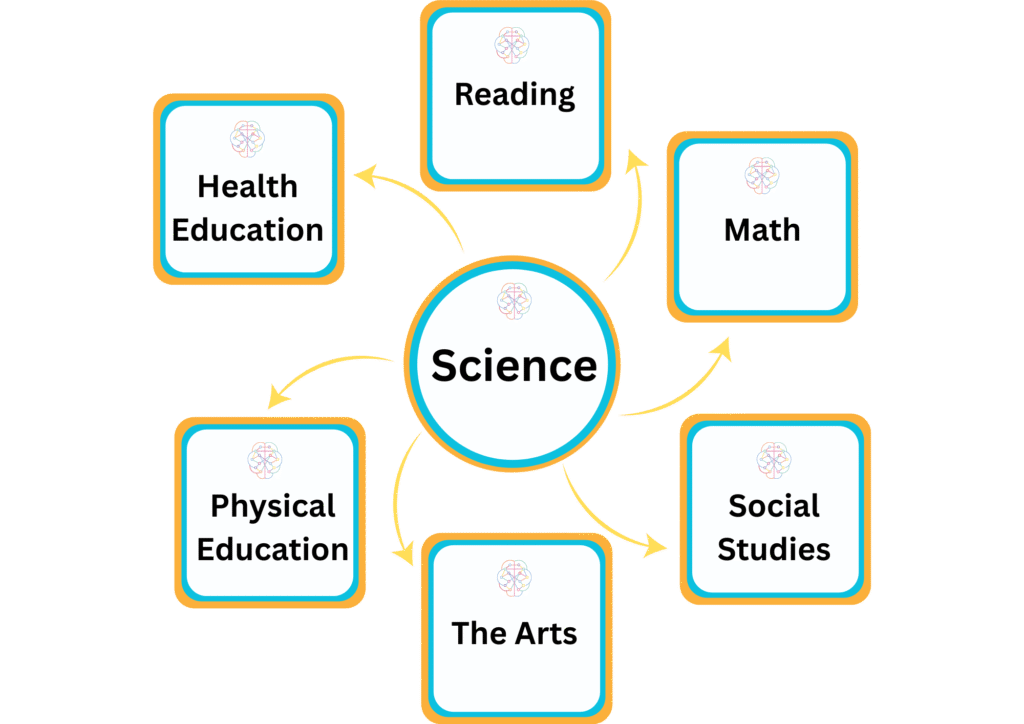Introduction
If you’re new to homeschooling or unschooling, you’ve probably heard the term “STEM”—science, technology, engineering, and math. But what about “STEAM”? The “A” stands for “Arts,” and it’s the missing puzzle piece that transforms technical learning into something creative, personal, and truly holistic. In this post, I’ll explain what authentic STEAM integration looks like, why it’s so valuable for home-based education, and how it goes far beyond what most public schools can offer (without any criticism—just the facts!).
From STEM to STEAM: Why the “A” Matters
STEM education became popular in the early 2000s to help students build critical skills for a changing world. But something was missing: creativity! In 2006, educator Georgette Yakman introduced the “A” for Arts, turning STEM into STEAM. This addition brought in music, drama, dance, visual art, and design—helping children learn to think both analytically and creatively. With STEAM, your child isn’t just learning facts; they’re learning to innovate, express themselves, and solve real-world problems in new ways.
What Is Authentic STEAM Integration?
Authentic STEAM integration isn’t just adding an art project to a science lesson. It’s about weaving science, technology, engineering, arts, and math together so each subject enriches the others. In a home or unschooling environment, this means:
- Designing and building a musical instrument to explore sound (science, engineering, art, and music)
- Using movement or dance to model weather patterns or animal behavior
- Writing and performing a play about inventors or scientific discoveries
- Creating visual art to illustrate math concepts or scientific cycles
- Exploring coding and technology through creative digital design
STEAM is about making learning come alive—connecting ideas, encouraging curiosity, and giving children the freedom to explore in ways that fit their interests and strengths.
Why Go Beyond the Basics? The Value of Social Studies, Health, The Arts, and P.E.
Authentic STEAM learning goes far beyond the “core” subjects. Here’s why including other disciplines is so powerful:
Social Studies:
Connects science and technology to history, culture, and civic life. For example, studying animal habitats can lead to learning about Indigenous cultures, conservation, and geography.
Health:
Links science to real-life choices about nutrition, exercise, and well-being. Exploring the human body can include healthy habits, the science of movement, and even cooking together.
The Arts:
Isn’t just crafts! It includes music, drama, dance, digital design, and cultural appreciation. Children learn to communicate, express ideas, and see the world from new perspectives.
Physical Education (P.E.):
Keeps learning active and supports brain development. Acting out the water cycle, designing movement games, or exploring balance and motion all reinforce STEAM concepts kinesthetically.
When you integrate these subjects, you nurture the whole child—mind, body, and spirit—and make learning meaningful for life.
Why STEAM Integration Works So Well at Home
Public schools often face challenges with STEAM: limited resources, rigid schedules, and standardized testing can make true integration difficult. At home, you have the freedom to:
- Follow your child’s curiosity and interests
- Combine subjects naturally instead of teaching them in isolation
- Involve the whole family and use everyday experiences as learning opportunities
- Adapt activities for different ages, abilities, and learning styles
- Make space for creativity, movement, and real-world problem-solving
STEAM at home means learning happens everywhere—the kitchen, the backyard, the park, or even on a family field trip.
How My Books Make STEAM Integration Easy
In every unit, I blend science, math, technology, engineering, art, social studies, health, and physical activity around a “big idea”—like weather, sound, or ecosystems. You’ll find:
- Hands-on and creative activities for all types of learners
- Reading, writing, and discussion prompts
- Suggestions for using music, drama, and visual art meaningfully
- Movement games and health connections
- Portfolio ideas for documenting learning in fun, memorable ways
All activities can be adapted for your child’s interests and needs, making it easy to create a personalized, holistic learning journey.
Getting Started: Simple STEAM Ideas for Home
- Start with what your child loves—animals, weather, music, or stories.
- Choose a “big idea” and explore it through science, art, movement, and more.
- Use what you have at home—STEAM doesn’t require fancy kits.
- Document learning with photos, journals, drawings, or videos.
Remember, the goal is not to cover every subject every day, but to make connections and spark curiosity.
Conclusion
STEAM integration isn’t just an educational buzzword—it’s a way to nurture curiosity, creativity, and confidence in your child. By including social studies, health, The Arts, and P.E., you create a truly holistic, real-world education right at home. If you’re ready for more inspiration and support, explore my books for ready-to-use STEAM units designed especially for homeschooling and unschooling families. Visit my Amazon Author’s Page to learn more.

